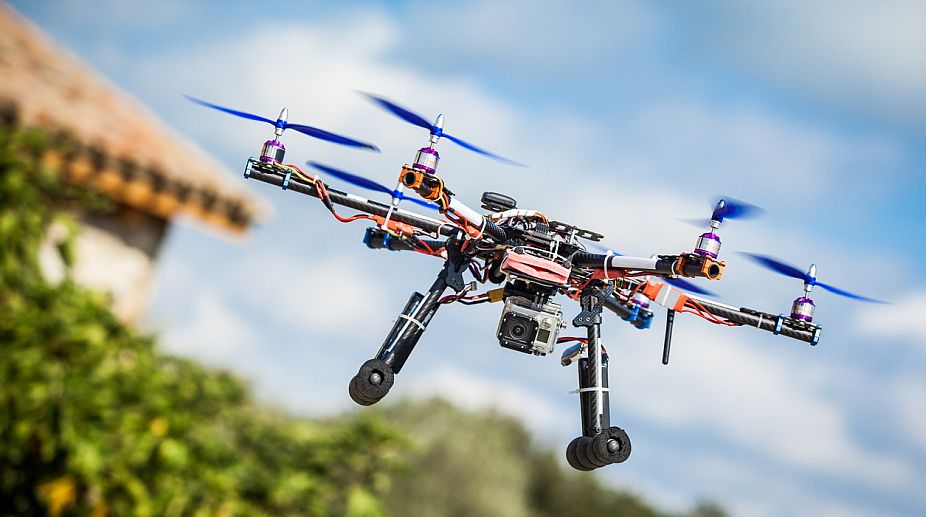On the brink of a crisis
Last week I received a frantic email from a teacher in Puducherry. The school principal had decided to remove all…

Representational Image (Photo: Getty Images)
Japanese scientists have developed tiny insect-sized drones coated with horse hair and a sticky gel that may help pollinate crops in future and offset the costly decline of bee populations worldwide.
The undersides of these artificial pollinators are coated with horse hairs and an ionic gel just sticky enough to pick up pollen from one flower and deposit it onto another.
Advertisement
The researchers are hopeful that their invention could someday help carry the burden that modern agricultural demand has put on colonies and in turn benefit farmers.
Advertisement
"The findings, which will have applications for agriculture and robotics, could lead to the development of artificial pollinators and help counter the problems caused by declining honeybee populations," said Eijiro Miyako, a chemist at the National Institute of Advanced Industrial Science and Technology (AIST) Nanomaterial Research Institute in Japan.
"We believe that robotic pollinators could be trained to learn pollination paths using global positioning systems and artificial intelligence," said Miyako
In 2007, Miyako was working to make liquids that could be used as electrical conductors. One of his attempts generated a gel as sticky as hair wax, which he considered a failure.
Inspired by concerns over honeybees and news reports on robotic insects, Miyako began to explore, by using houseflies and ants, whether the gel could work to pick up pollen.
"This project is the result of serendipity," said Miyako, who worked with postdoctoral fellow Svetlana Chechetka.
To determine whether the gel could grasp onto pollen, Miyako collected ants, put the ionic goop droplet on their bodies, and left them to roam free in a box of tulips.
Compared with ants that did not have the material applied, the ants with the gel were more likely to have pollen attached to their bodies.
In separate experiments using houseflies, the gel was also found to have a camouflage effect – changing colour in response to different sources of light – which could help artificial pollinators avoid predation.
Miyako next needed a flying machine that was small enough to manoeuvre across a field of flowers, like a bee.
He settled on a four-propeller drone, costing USD 100, but simply placing the gel on its smooth, plastic surface would not be enough for it to effectively pick up pollen.
Researchers used horse hair to mimic the fuzzy exterior of a bee. The bristles create more surface area for pollen to adhere to and generate electric charge to keep the grains in place.
Miyako's team flew the remote-controlled drones, with hairs and gel attached, over the flowers of pink-leaved Japanese lilies (Lilium japonicum).
The robots absorbed the pollen and then could be flown to a second flower, where the grains were deposited, artificially pollinating the plants and causing them to begin the process of producing seeds. Drones without the gel and hair components did not have this effect.
The research was published in the journal Chem.
Advertisement